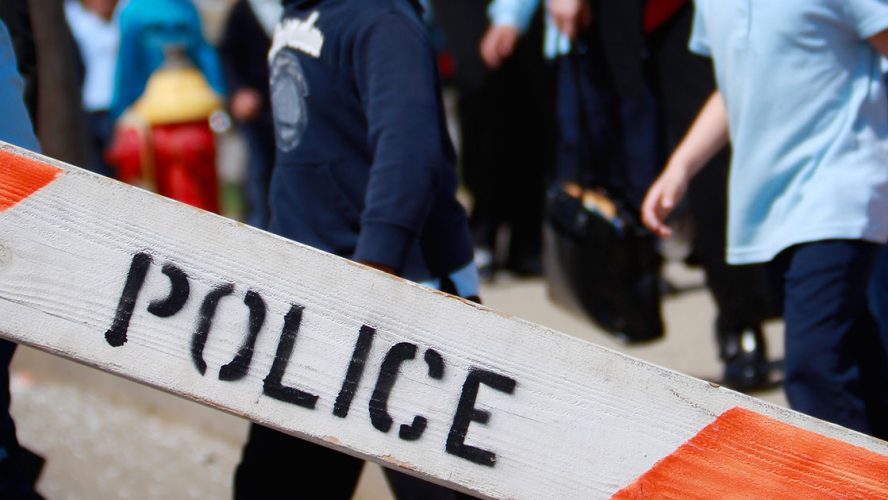Today, we have an opportunity to solve three issues hampering emergency communications at schools. We can improve direct communication between schools and first responders, improve communication among first responders themselves and eliminate radio dead spots in school facilities.
In the recent shooting at Florida’s Stoneman Douglas High School, there were hundreds of calls going to multiple call centers. However, there was no way for first responders to communicate directly with classrooms or offices to determine where help was needed. Once first responders from multiple jurisdictions and agencies were on the scene, their radio frequencies were not compatible, making it difficult to coordinate a response.
Communication can also be hindered by aging school facilities. The average age of our nation’s K-12 public schools is 45 years. As a result, many have dead spots for radio transmissions, meaning that some first responders lose the ability to communicate with each other (or communicate at all) once inside our schools.
Luckily, there are affordable technological solutions to these problems for our schools and emergency responders to consider. The bigger question is how to pay for them. One viable answer is for Congress to create a special program to address these problems using money from the Universal Services Fund (USF). The USF funds the E-rate program, which at $3.9 billion is the nation’s largest educational technology program. E-rate was established in 1996 to provide discounted telecommunications, internet access and internal connections to schools. And today, virtually all schools are connected to the internet.
Congress could create an annual formula block grant to states, based on enrollment, to solve these emergency communication issues for schools by using half of the annual E-rate program budget ($1.85 billion). Importantly, the USF is not part of the federal budget, so using it would not add to the nation’s deficit.
We have the money and the technology. All we need is the will.
Robert Boyd, Executive Director, Secure Schools Alliance, [email protected]

